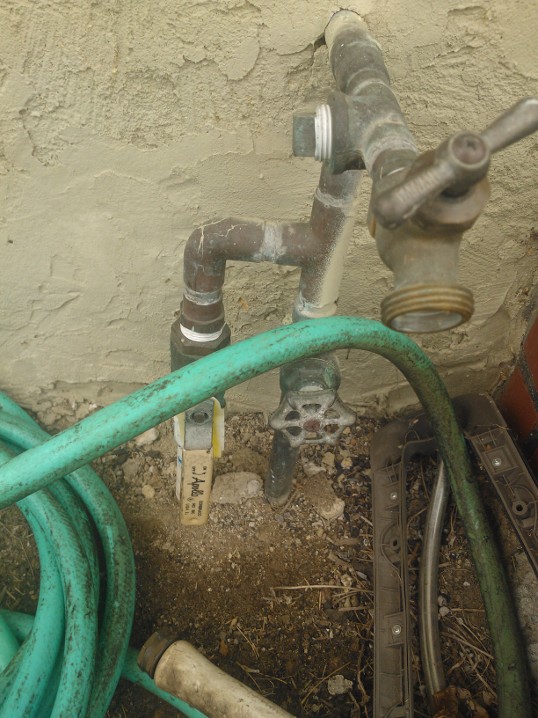James S.
Senior Member
- Location
- Mesa, Arizona
Ok, so here is the short version. A friend bought an old house (really old) that had a 100 amp panel with overhead service that had beed disconnected. The power company wouldn't hook it back up without city inspection. The city inspector wants a water bond. The nearest hose bib is about 15' away and I am wondering if you can bury a bare copper wire to the hose bib. It would be a lot cheaper and easier to go that route. Also, I know you need a #4 bond with 200amp service but what size do you need for 100 amp?
thanks in advance
James
thanks in advance
James


